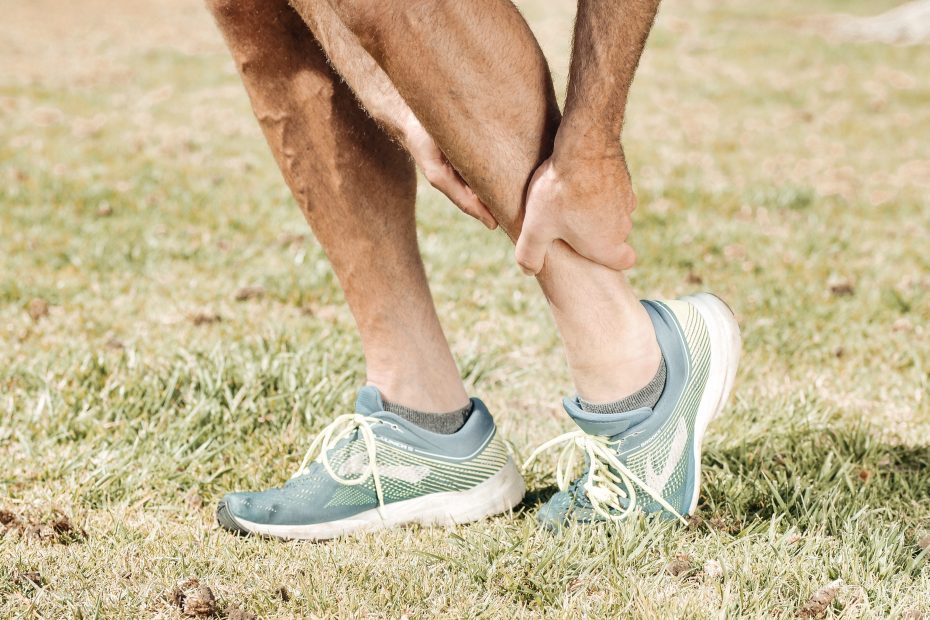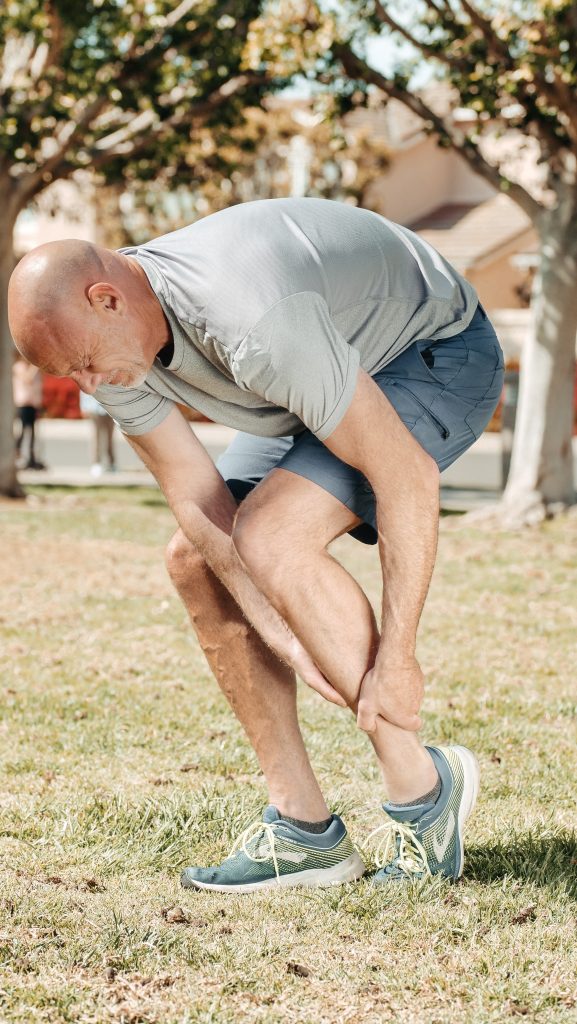Part 1 – Anatomy & Functions
Ankle mobility is important in the gym for a better squat. It is important in our daily life.
A strong and flexible ankle makes our body more functional.
In 2 Parts we are going to share everything you should know from the anatomy of the ankle and its functions to some of our favorite mobility exercises.
Let’s start with the anatomy of the ankle.
Ankle Anatomy
An article from YPO explains it best.
The ankle joint connects the leg with the foot and has three main bones:
- Tibia (shin bone)
- Fibula (calf bone) – next to the shin bone
- Talus (ankle bone) – above the heel bone
The bony bumps (or protrusions) seen and felt on the ankle have their own names:
- The medial malleolus, formed by the tibia is found on the inside of your ankle
- The posterior malleolus, also formed by the tibia is found on the back of your ankle
- The lateral malleolus, formed by the fibula is found on the other aspect of the ankle
There are 33 joints in the ankle. The most important is the hinge joint. The hinge joint is responsible for bending, extension, and flexion.
In general, the joints of the ankle and the foot provide stability and support your body.
The ankle also has soft tissues that support the bones.
Some of them are:
- Cartilage – allows smooth movements in between the bones
- Ligaments – they connect bones to other bones providing stability to the joints
- Muscles – the foot has 20 muscles in total and some of them are located in the ankle:
- Anterior tibial muscle: it is responsible for the up and down movement of the foot
- Posterior tibial muscle: it supports the arch of the foot
- Peroneal tibial muscle: responsible for movement on the outside of the ankle.
- Extensors: they allow the ankle to raise the toes before stepping ahead.
- Flexors: they stabilize the toes against the ground
- Tendons – soft tissues that connect the muscles to the bones (Achilles tendon is the largest and the strongest one in our bodies )
- Bursae – these aresmall fluid-filled sacs, which reduce friction between tendons and bone or skin
After learning the ankle anatomy, let’s jump straight into the functions of this important joint.
Functions Of The Ankle
According to DrGlassDPM, The ankle joint has the primary responsibility of managing the body’s weight with or against the ground force.
The ankle joint has the largest deviation from the sagittal plane.
That means that this joint is responsible for:
- Plantar Flexion – downward motion away from your foot (imagine how you press the gas pedal of a car)
- Dorsiflexion – backward bending and contracting of the foot
Open chain pronation at the ankle joint results in a foot with dorsiflexion abduction and averted.
On the other side, open-chain supination is a result of the foot being plantarflexed, adducted, and inverted.
These two movements are the calcaneus and the remaining foot.
Closed chain motion is more complex. The ground inhibits most of calcaneal motion. So, movement produced by equal and opposite motion is blocked by the ground.
Conclusion
We hope that this information is enough for you, in order to understand how the ankle works and what are its functions.
Now, if you want to get more practical, continue with our second part (insert link here), where we are breaking down how to build ankle mobility, and share with you some of our favorite exercises.
Thank you for reading this informative article and don’t forget to share it with a friend!







